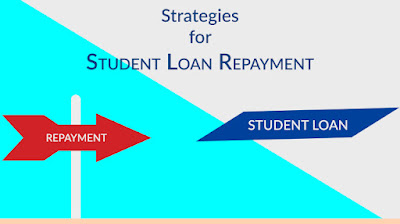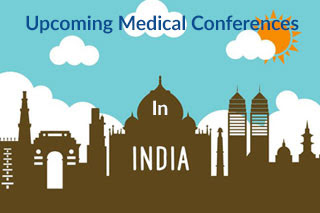Strategies for Student Loan Repayment
According to a recent survey, medical student debt has been steadily rising, and last year nearly 76% of medical students graduated with a massive amount of student debt. At eMedEvents, we understand the intensity of pressure that students go through, and so we created a list of strategies that might assist students in repaying their student loans.
The five strategies for student loan repayment are:
Student Loan Refinancing: Student loan refinancing is considered to be one of the most efficient methods to reduce your total amount of loan payments. A number of reputed financial firms offer these services to students. The process involves a private firm paying off your loans and then providing you with single repayment option that often has a lower interest rate. However, student loan refinancing loses the protection of federal loans including the prospect of Income-driven repayment as federal loans cannot be refinanced.
Income-driven Repayment Plans[i]: If your federal student loan payments are high compared to your income, you may be able to switch to an Income-driven repayment plan. Options include Pay As You Earn (PAYE), Income-Contingent Repayment (ICR), Income-Based Repayment (IBR), And Revised Pay As You Earn (REPAYE). The biggest drawback to this method is that even though your monthly payments will be lower, you often will end up paying more interest over the lifespan of the loan.
Medical School Loan Repayment Assistance Program by the State: The State Loan Repayment Program (SLRP) offers cost-sharing grants to primary care providers who work in Health Professional Shortage Areas (HPSA) within their states. These professionals agree to work in underprivileged or high need areas. To learn more about this assistance, one needs to approach their own individual state loan repayment program for more information.
Public Service Loan Forgiveness Program: To qualify for this program, you are required to work in a tax-exempt non-profit or public institution for a number of years, and then a part of your federal student loan will be waived off. These loans are sponsored by National Loan Forgiveness Programs, Government Loan Forgiveness Programs, Armed Forces Health Professional Scholarship Programs, and Teacher Loan Forgiveness Programs.
Debt Avalanche and Debt Snowball: Another strategy to repay your loan quicker without any assistance from the government or private sector is repaying from your own salary through one of these theories.
Debt Avalanche is repaying the loan which has the highest interest rate compared to others. You start with the highest interest rate, regardless of the total loan amount. Once this loan is paid off, then you move to repay the loan with the next highest interest rate, and so on. It is considered to be a smart way to pay your debts in a shorter period of time by saving money on interest.
Debt Snowball is when you pay off your small debts first without considering the interest rates. Once completed you move the next larger loan, and so forth, like a snowball.
We understand that medical education costs are skyrocketing and attending medical conferences will only burden you more financially. On eMedEvents, we even provide information on free CME medical conferences to help you get ahead without the burden of more debt. We also offer a variety of other ways to earn your CME/CE credits, such as online courses, journals, webcasts, etc.
eMedEvents is the largest online database for CME events and medical conferences around the world. Here you can browse through thousands of conferences in 147 countries. Search by speaker, specialty, and location to find your next conference. Want to manage your CME on the go? Try the eMedEvents mobile app. Find your next great medical conference in one of more than 3500 great cities around the world.




Comments
Post a Comment